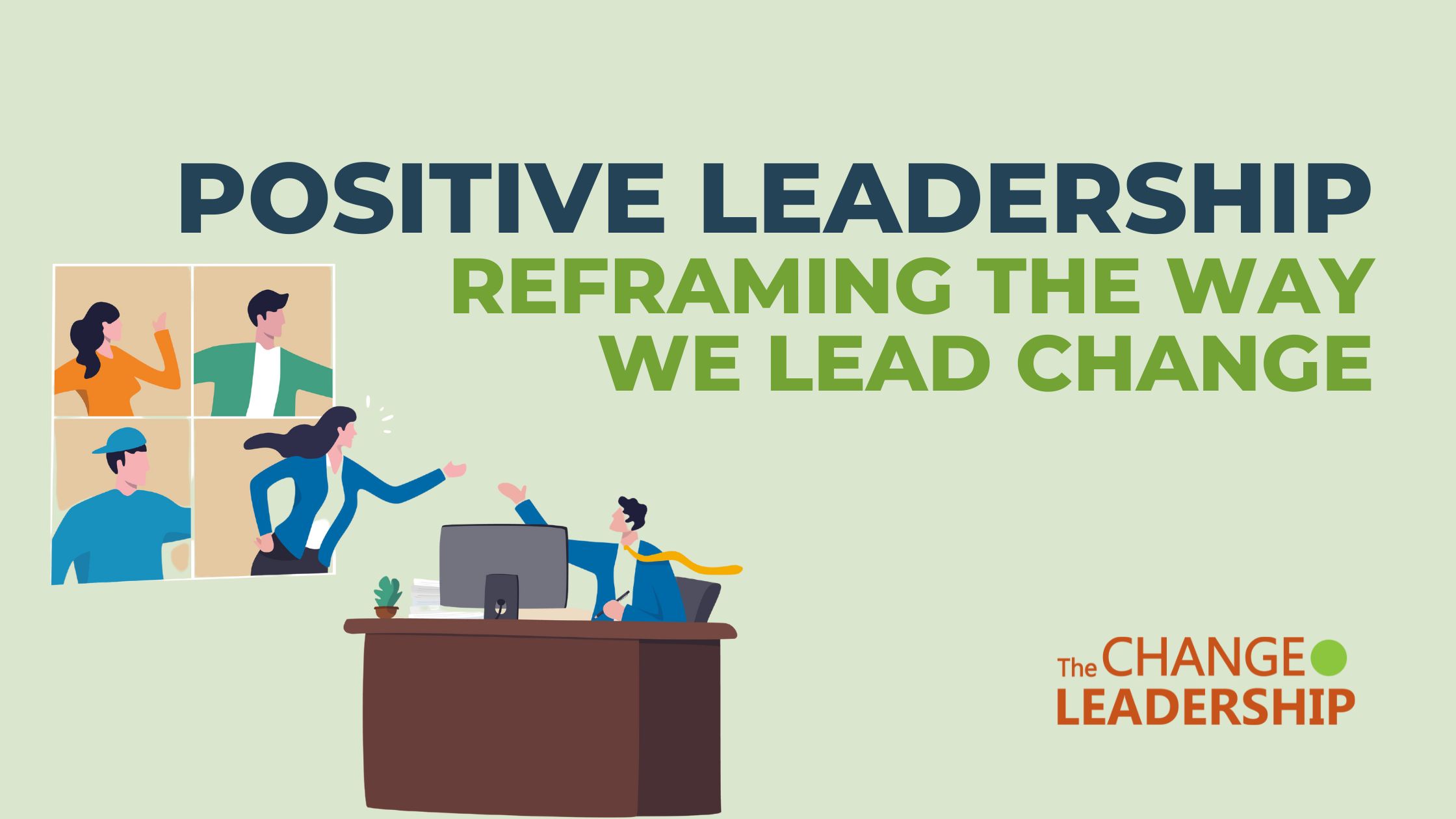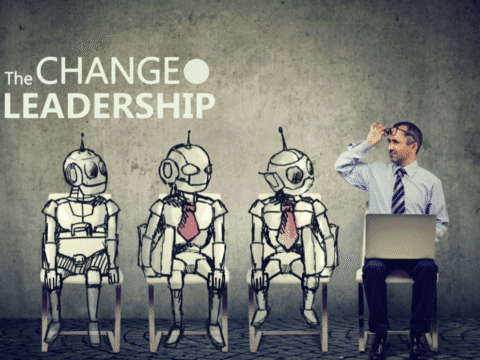Positive Leadership – Reframing The Way We Lead Change
Positive Leadership – Reframing The Way We Lead Change

How to lead and manage the impact of increased change to our stakeholders and selves.
Values are shifting. Workplace trends such as the “Great resignation” or more recently, the rise of “Quiet quitting” on TikTok, where workers are setting work-life boundaries to combat stress. Employee well-being and mental health are becoming critical in shaping the new world of work.
The speed and frequency of change can easily take a toll on one’s mental health and wellbeing.
For one, change can cause anxiety, uncertainty, and make our stakeholders feel unsafe. On top of which we have a rising overwork and “always-on” culture, leading to increased burnout. Coupled with the impact of the pandemic i.e. remote working which easily blurs the lines separating personal life and work, reduced human contact, and economic.
Prior to the pandemic, work-life balance and mental health had been on the discussion table. However, with the whirlwind of change we’ve experienced (pandemic, technological, DEI issues etc.) and continue to experience, there is an increased focus and priority on mental health.
Managers are having pivot their leadership approach to be supportive and lead with empathy of their teams. How we lead change also has to take into account the new realities of the workplace.
One way we can do this is through Positive Leadership (Energy).
In this change conversation with Samantha Fowlds, we explore a few ways we can foster positive leadership with the energy we bring:
- Lead from a place of authenticity – leaders need to stay true to themselves and also acknowledge that they also get tired and exhausted. Examine the energy you are bringing. Be present.
- Lead from the center – recognize that the negative often informs the positive. While it’s easy to spot the negative when it comes to change, acknowledge that there is also the positive side of change and that they’re happening at the same time.
- Frame your thoughts – explore the possibilities of the change and see it from the lens of optimism.
- Switch the language you use in talking about change – move from ‘change fatigue’ as a language to fostering a culture where change is seen as a constant and positive.
- Shift the energy with subtle actions – bookend the week with positivity you and your team (start and end the week on positivity), intentionally inject joy in team engagements, bring in humour.
Leading change effectively and supporting our stakeholders starts with self-leadership. The energy we bring, affects the energy our teams and stakeholders receive.
Interested in developing your change leadership skills or empowering your team to successfully lead and manage change? Learn more about our Change Leadership Accelerator program.
Are you part of our free online change leadership community? Click HERE to join in for free! If you would like to receive updates our ‘One Minute Insight on What’s Changing, and What’s New’ directly to your inbox, be sure to join our mailing list. http://bit.ly/JoinTCList

Yvonne is a Change Management Strategist, Catalyst and Change Leadership Advocate who is passionate about working with professionals and organizations to help them to successfully lead change. You can learn more about Yvonne at: www.yvonnerukeakpoveta.com, and also connect with her on LinkedIn, Facebook, Twitter and Instagram.




